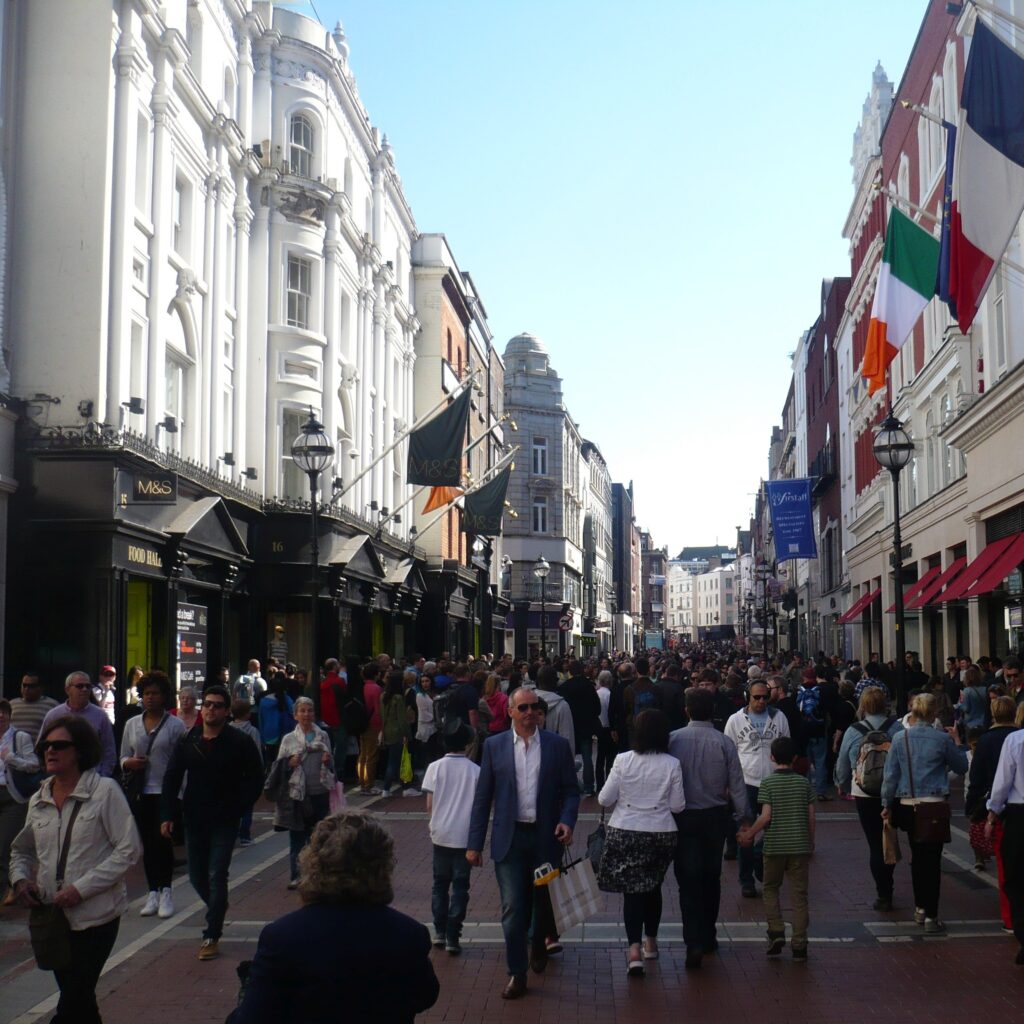
The political landscape today looks very like it did five months ago at the time of the election. Much as it appears that very little has so far been achieved in government since the election, very little has also changed in terms of party support.
The three big parties continue to secure around 20% share of the vote. Some small changes in positioning have occurred, with Sinn Féin making small gains and Fianna Fáil and Fine Gael dropping back slightly, but otherwise it’s all very stable.
So where is any change likely to come from in the future?
We do see that some small gains have been made since the election, across the two perhaps more left leaning Social Democrats and Labour parties. Between them they secure 12% of the first preference vote combined, not so very far behind the likes of Fine Gael at 19%.
We have also seen a very slow but clear upward trend in the two parties over the longer term. At the last election the two parties secured 10% of the first preference vote. So the 12% today represents a modest 2% rise in support in just the last 5 months since the election.
But if we look back further, to the polling and results around the previous general election in 2020, the gains are much more significant. In 2020 the two parties secured 7% of the vote, and were polling in and around this level before and after that. So there has been a very slow, but very real upward trend in support over the last five years, that has seen them almost double their support.
The gains in the polls do appear to be more focused for the Social Democrats, with a rise from 3% to 7% over that period. However, on the whole polling slightly underrepresents Labour when compared to actual election results, and slightly overrepresents the Social Democrats. This means Labour polling at 5% in today’s poll is actually a gain compared to previous polls, even if it’s the same share as they achieved at the election.
So, who is voting for the two parties, and with whom are they making these gains? Well promisingly for them the strength in support and the larger gains have come from younger voters.
Back in 2020, just 6% of those under the age of 35 expressed support for the two parties combined. Today that figure is up as high as 17%. Those gains are seen across both parties, with Social Democrat support rising from 4% to 12% in the last five years among the younger age groups, while Labour have also to a lesser extent seen the same trend, with support rising from 2% to 5%.
But gains are seen across all age groups, both genders and those with and without children. Gains are greater in Dublin, but are also seen across the country, in both urban and rural settings.
Both parties also appear to be appealing to voters across much of the political spectrum, with the Social Democrats in particular attracting people who in the past had voted for Fianna Fáil, Fine Gael, the Green Party and for Independent candidates. Providing a broad pool from which they can potentially recruit more voters into the future.
The one party they don’t tend to attract voters from in quite the same numbers is Sinn Féin. That does suggest they could act as an alternative to Sinn Féin in opposition, a home perhaps for those that are disaffected with the current government parties, but who still might not bring themselves to vote for Sinn Féin. But it could also limit their growth potential, and they may need to find a way to attract Sinn Féin voters to them to really make gains in the future.
Of course, this whole piece assumes that the two parties could work together under a common policy platform. The left alliance had been suggested in the early stages of the last election by Labour, but ultimately the proposal came too late to be meaningfully incorporated, and there was some resistance to this across members of the two parties
There are also signs that their voters do think somewhat differently on some topics. For example, in today’s poll, Social Democrat voters are far more likely to support banning social media for under 16s than those supporting Labour, while Labour voters are more likely to support a housing tsar and his possible salary. While half of Social Democrat supporters would support tax cuts being postponed, compared to just 30% of Labour voters.
But the data does suggest that together there is a real opportunity for these parties to further build on their gradual gains over the past five years and become a greater force in Irish politics. It is within reach, but they would both need to actively pursue that eventuality.
Download the report here: